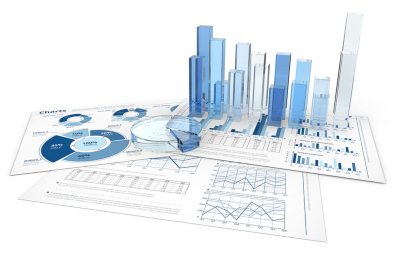Statistical Analysis & Modeling
The number of statistical analysis and visualization tools has exploded, yet there are a core set of capabilities that can be used in many situations to help explain consumer behavior and trends. Listed below are commonly used tools for consumer and B2B/industrial marketing research. We advise clients to design wisely, as the usefulness of any statistical method hinges on data quality and underlying assumptions.
Consider discussing the details of your project with us before zeroing in on a specific technique (which may or may not be appropriate). This will maximize your overall research investment.
- Analysis of Covariance: to adjust data for the effects of other variables and thus permit analysis of variance to be used effectively.
- Analysis of Variance: to decompose the total variance of an experiment into variance attributable to the effects of specific variables.
- Cluster Analysis: To form homogeneous groups of objects of some kind (e.g., people, brands, markets).
- Canonical Correlations: To measure in precise quantitative terms the relationship between two sets of variables.
- Conjoint Analysis: To measure the relative importance of benefits and/or product attributes, overall and for individual respondents. Please note that this topic alone warrants its own page.
- Discriminant Analysis: To classify people or objects into pre-defined groups.
- Factor Analysis: To reduce a set of inter-correlated items to a smaller set of independent items; to obtain insight into the underlying structure.
- Perceptual Mapping: To obtain a simplified picture of customers’ perceptions of brands and brand images. This also includes correspondence analysis.
- Regression Analysis: To measure in precise quantitative terms the relationship between one dependent variable and one or more independent variables. As an application of regression, there is also logistic regression, in which the dependent variable is either true or false.
If there is a specific statistical analysis approach or modeling idea that you have in mind, by all means, let’s start a conversation. As always, we welcome your comments on this section and any suggestions for new or expanded statistical tools descriptions.

